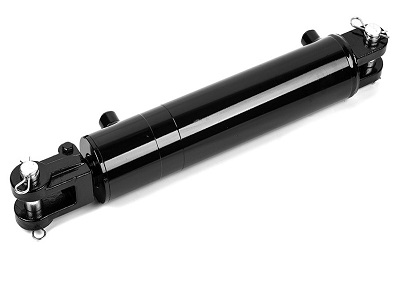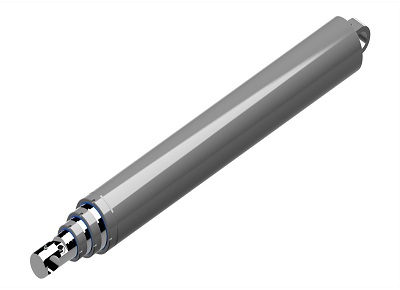In the common fault list of hoisting equipment, the frequency of failures in the hydraulic system significantly occupies the forefront. The issues often do not manifest as complete failures but rather as instability and inefficiency during operation. This delicate state between "normal" and "abnormal" allows the crane to maintain basic operations, yet it is accompanied by many minor flaws, causing considerable troubles and dissatisfaction among operators. As a leading hydraulic cylinders China supplier, we will delve deeply into and analyze these subtle faults that affect the stability of the hydraulic system's performance and the solutions to address them.
This situation is more common. Air bubbles often appear in the hydraulic pump and hydraulic cylinder for crane. Because the compression ratio of air has a significant difference from that of hydraulic oil, it can cause piston slippage or crawling. This situation can be resolved by utilizing the exhaust device on the hydraulic pump, quickly operating the full stroke back and forth several times to exhaust air.
Improper assembly, deformation, and wear of parts inside the crane hydraulic cylinder can cause excessive friction, increase resistance, and reduce operating speed. In addition, if the piston or piston rod is misaligned or bent, the crane hydraulic cylinder or piston rod's installation position on the guide rail is offset, and the sealing ring is too tight or too loose, these situations will occur. Targeted repairs or appropriate adjustments can solve these issues.
Since the crane hydraulic cylinder's piston and cylinder, guide rail, and piston rod move relative to each other during operation, poor lubrication or poor machining quality of the hydraulic cylinder bore will exacerbate wear, causing partial offset of the cylinder centerline. As a result, when the piston moves reciprocally in the crane hydraulic cylinder, excessive friction may occur at certain positions. In this case, regrinding the hydraulic cylinder is required first, followed by matching the corresponding piston, piston rod, and guide sleeve.
Currently, the main seals used are O-rings and U-rings. When O-rings are used under low pressure, the surface pressure is relatively high, and the difference between dynamic and static friction resistance is large, making it prone to slippage or crawling. On the other hand, the surface pressure of U-rings increases with the pressure, improving the sealing effect correspondingly. However, the difference in dynamic and static friction resistance also increases, and internal pressure increases, affecting the rubber's elasticity. Due to increased contact resistance at the lip edge, the seal may tilt, and the lip may elongate, leading to slippage or crawling. Using a support ring to maintain stability can prevent tipping.
The above four situations are the most common reasons for the instability of the crane hydraulic system. When you find these minor issues occurring in your crane hydraulic system, you might as well use the above methods to inspect and maintain them one by one to determine the exact cause.


